100Hands
The pursuit of the perfect shirt
Akshat Jain about his pursuit of perfection and the ultimate shirt

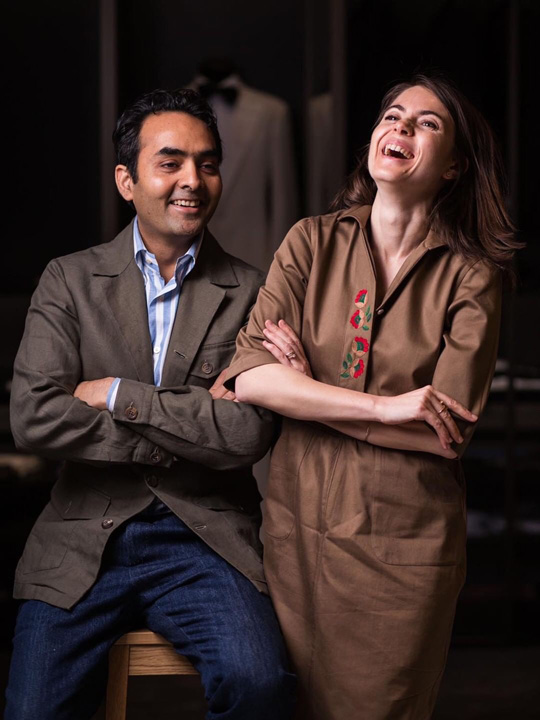
»I spent almost one year just to answer the question, what a perfect shirt is all about.«
Originally, your journey started in the IT-context but now we meet because of 100hands. How, when and why did everything happen in between?
My family has been in textiles for 164 years now and I’m the sixth generation. But the main business has nothing to do with what we are doing at 100Hands because the biggest part of my family’s business is spinning. But I am not involved in that business because I wanted to do something of my own.
Initially, I started as a software engineer. I came to the Netherlands to study for my MBA in Rotterdam and I moved to M&A finance which is where I met Varvara.
At that time, I kept on expressing my view of having my own business and I realised that I should build my future business on my know-how and understanding of textiles. I grew up with it through and through and soaked it up automatically when I was younger. Plus, my father is quite particular about craftsmanship which shaped me as well.
But how did you really got started back then?
We had five tailors who were making clothes for our family members and some friends. We came up with the idea to start the business with these amazingly skilled craftsmen and built a team around them. It was 2013 when we started drafting an idea.
I spent almost one year just to answer the question, what a perfect shirt is all about. We pick the best elements of everything available and I decided from the very beginning, that we want to be transparent to the market in terms of production. Irrespective of the brand being established in Amsterdam.
It was clear to me that we needed to come up with such an overwhelming amount of value that the market wouldn’t be able to refuse it. That’s how we started.
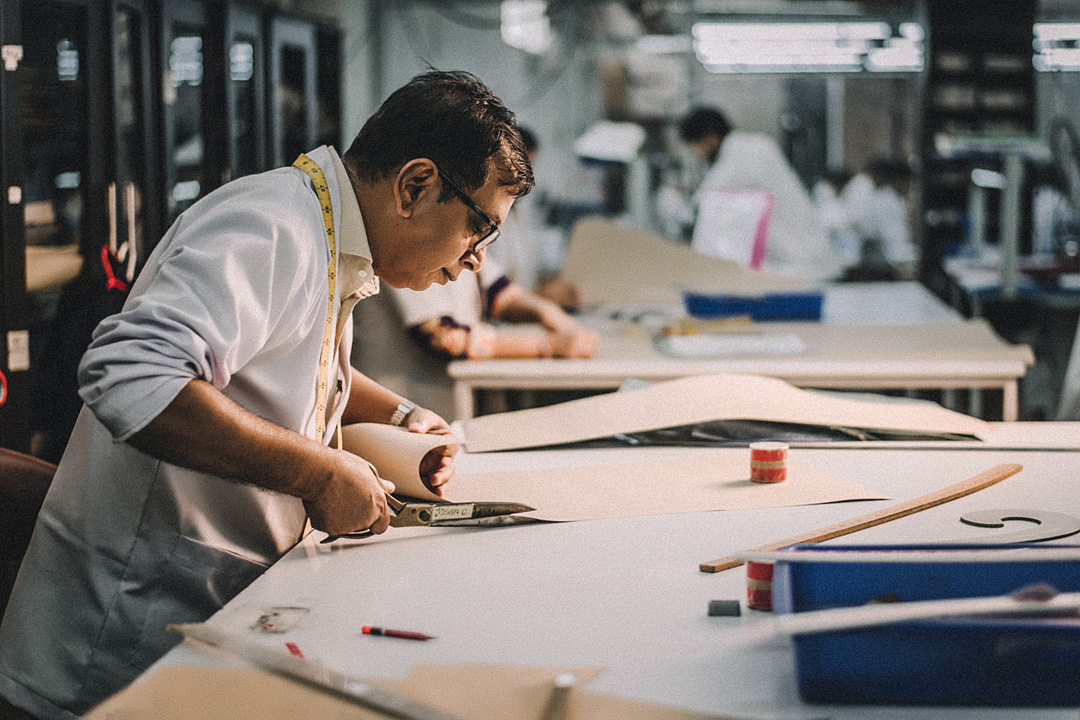
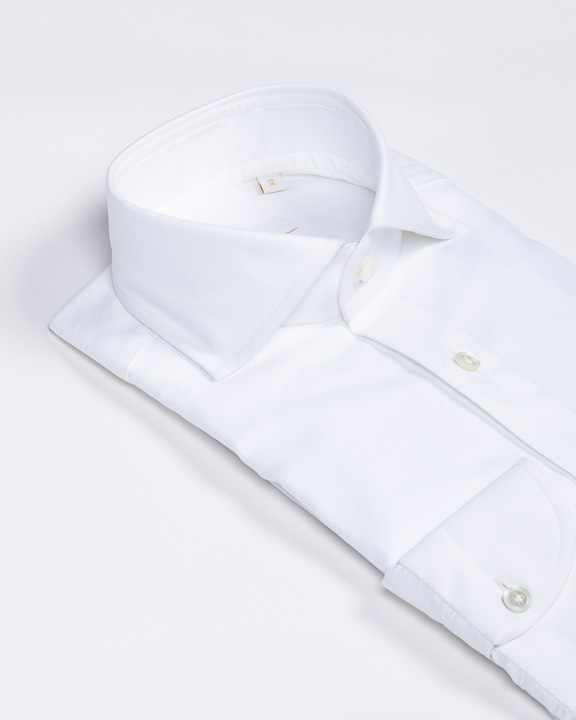
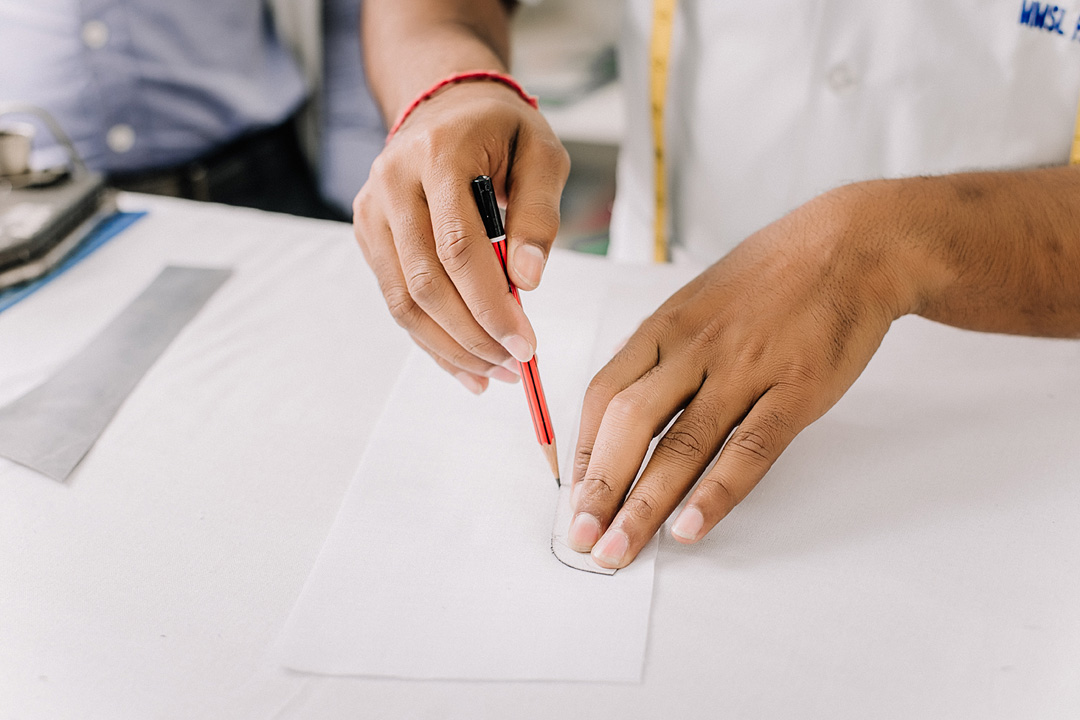
But I can imagine that the fashion retail market wasn’t necessarily waiting for another shirt brand, was it?
Well, the first two years were a challenge of course. The retail world was used to working mostly with Italian or British brands in the premium and luxury segment and they weren’t able to imagine that a shirt made in India could sell at a certain price point.
So, in the beginning, we focused on selected customers who believed in our product and kept going. Parallel to that, our customers from Saville Row gave us confidence. It was actually much easier with them than with the rest of the world to be honest.
Usually, it took me an hour in our sales and acquisition meetings to tell our story and present our quality, but the experts from Saville Row immediately recognised our obsessed approach to craftsmanship and started to order.
Did the idea for your own brand emerge right after this positive experiences?
Yes, Varvara came up with the idea for 100Hands because it takes about 50 people to make a shirt as excellent as it could be. It’s a great idea because it shows our dedication to the team and the craftsmanship.
It was 2015, when we actually launched the brand. In the beginning, we focused on the Dutch and Belgium markets because where we were met by very open-minded business partners before we started to enter other international markets.
For example the Japanese market quickly recognised our quality and opened up to us which was another push because this market is very demanding in terms of quality and doesn’t accept second best.
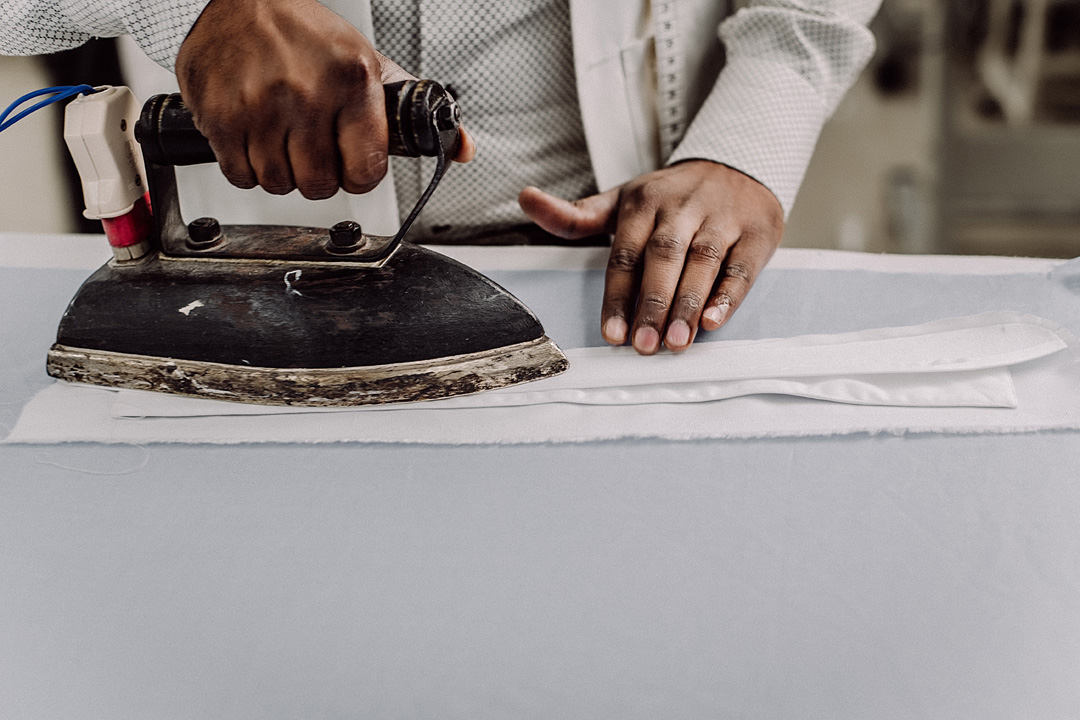
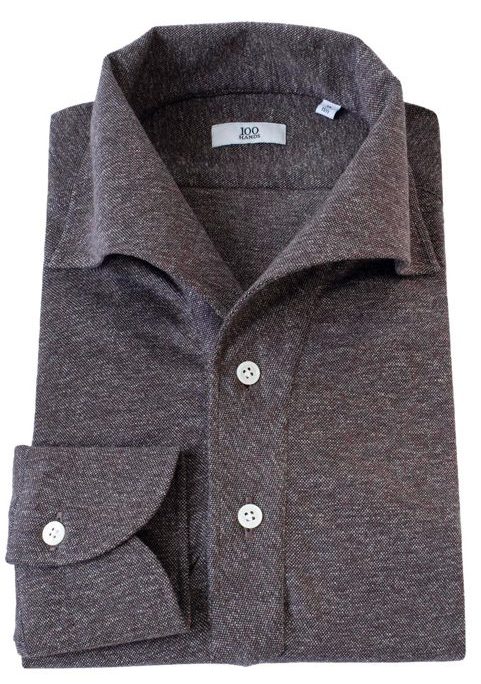
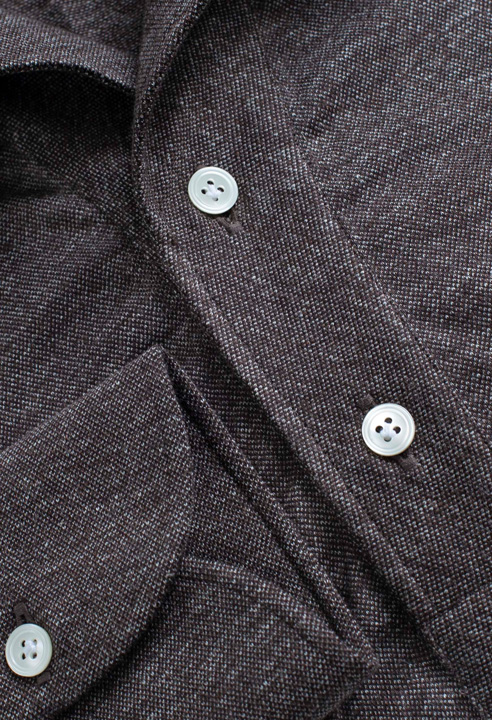
Let’s go back to India. How did you build up the completely new factory?
Yes, that was quite a risky move in those times. Although my father thought that we were crazy to aim so high with our shirts, he basically believed in it and was the main investor behind it. We built the whole factory from the ground up which is about 10.000 square-meters, fully air conditioned and at least to European standards if not beyond. So that’s how it went basically.
In the meantime, my father was convinced (smiles). In 2019 and 2020 we built another set up, which is almost two times the first one because we felt we are going to run out of the space.
Let’s talk about the shirt making process itself. Can you point out the main differences to the normal shirt industry?
You have to imagine that every person in an industrial setting has to produce an output of approximately between eight to fifteen shirts a day. That’s the industrial target and that’s how they’re calculating. Some have even more. At 100Hands we are at an average of 1.5 shirts a day. That’s the setting.
While most of the process steps are automated in the industry, we for example cut every single piece of fabric with the traditional scissors, because if you layer them, there is always a shift in the movement in the fabrics. Or for example when we do the shirts of our gold line, each buttonhole takes around 30 to 40 minutes just to be stitched.
Another difference which nearly no one could see but which is crucial in terms of quality is ironing. We iron all parts of a shirt in every part of the process to prepare them perfectly for the next step. It’s not only about the final ironing that everybody does, but also about every single step in-between.




What about the challenge of educating the team and develop their skills in India?
It takes normally between four to six months before a new employee can start working properly. We try to do get mostly people from the villages around the factory. It’s good for them and good for us.
Our salaries are actually two to three times higher than in most of India so our people appreciate that. We don’t have problems with loyalty, we find new employees quickly and we get very good production results.
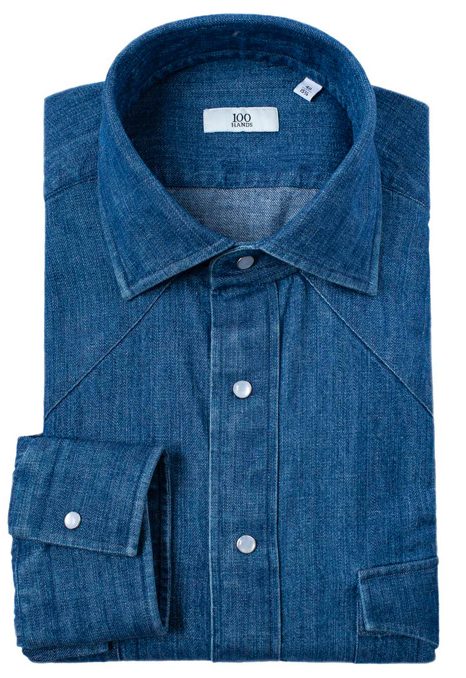
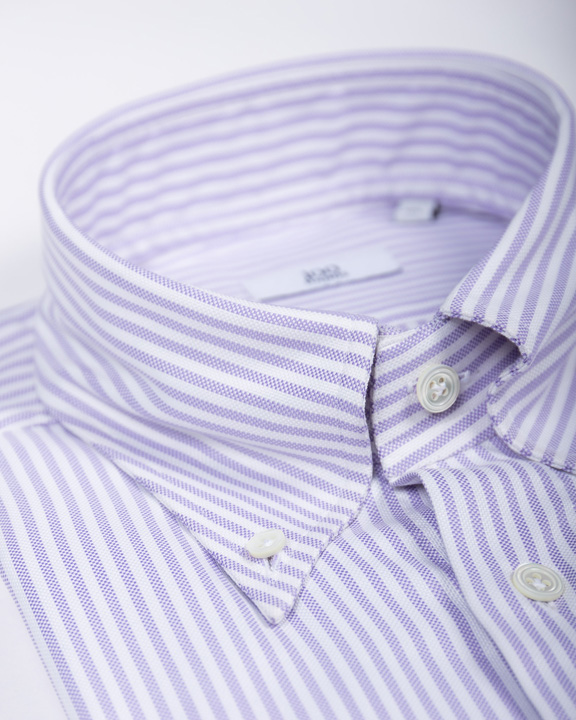
»Everything hangs on the shoulder and if this is correct, doing all the other fixes is a far easier challenge.«
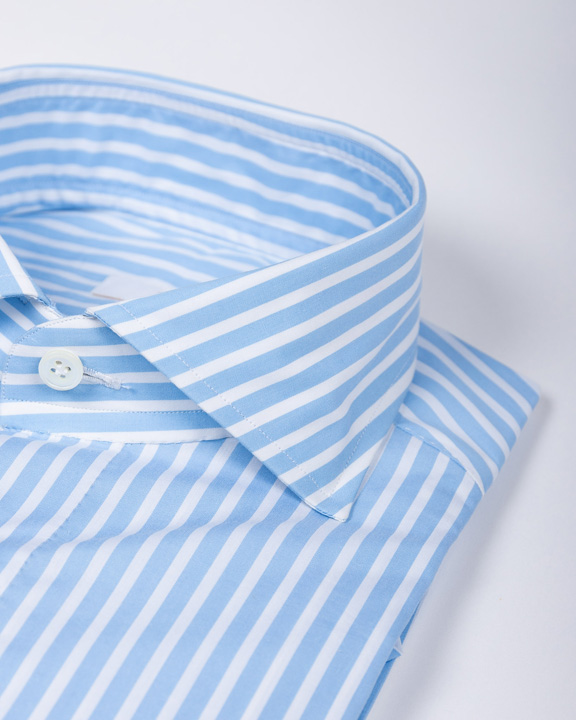
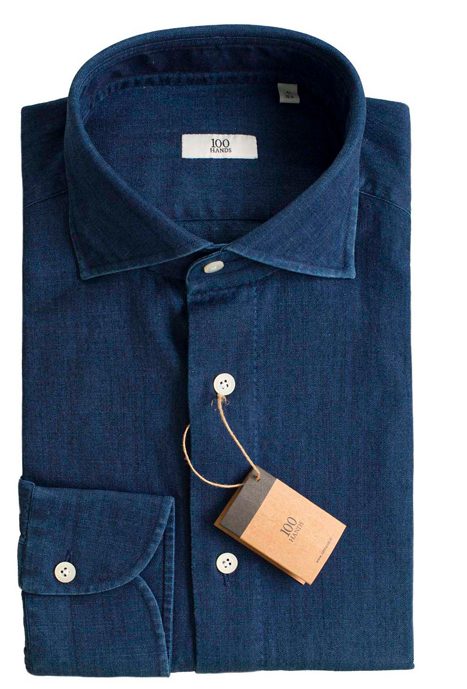
Let’s talk about your bespoke shirts. Do I have to come to Amsterdam to get them?
Yes, the large part of bespoke is done directly by and with us in Amsterdam or during one of our trips in different regions of the world where we host trunk shows.
What’s usually the most challenging part of the bespoke process?
I think the most challenging part is the shoulder. I always tell the customer, if I get your shoulder correct in the first fit then you can be anywhere in the world and I will fix the rest. Everything hangs on the shoulder and if this is correct, doing all the other fixes is a far easier challenge.
I remember when I got my first bespoke shirt, I was disappointed because I expected a super tight fit from heaven after the first fitting but that didn’t happen. Am I the only one?
I don’t think so (smiles). Sometimes it happens that it needs more than just one fitting round. Sometimes it’s about two, three or more rounds. Of course, there are those who do believe that since they went for a bespoke, it has to fit like a glove the first time but that’s not the right way to see it. It’s not a sculpture we’re making.
People are very different with different body postures. A small movement of your shoulder alone can change the fit. In the end I want to make sure that if the customer has taken a bespoke shirt, he is going to be a happy customer for as long as he wants to buy shirts because a bespoke customer is a very loyal customer as well.
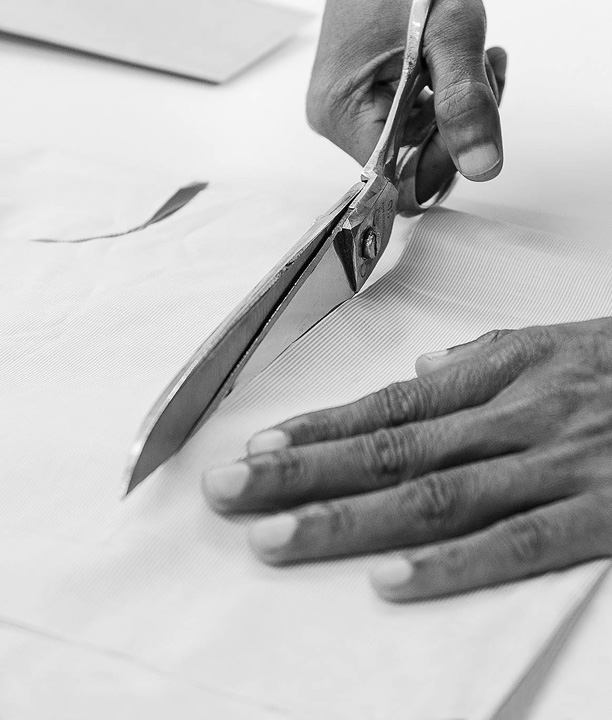
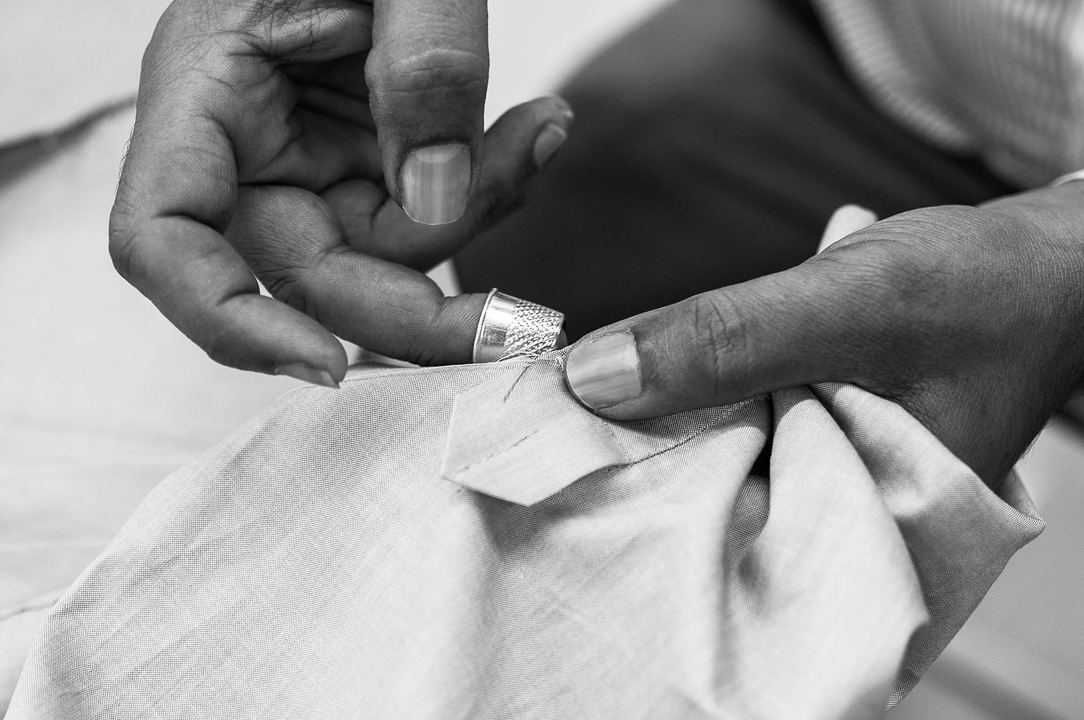
Do you have a research and development team in India?
Yes we do. Out of the 200 employees, I have three people who work only for me as a kind of task force for my ideas. These guys are only listening and drafting ideas and we do this constantly. I like to invent, it’s my passion. I never understood the so-called rules of how to tailor clothes.
In the end the are no rules even if most of the players in the market pretend there are. I like to play a little bit. I like to break the rules and experiment. Once we invented ten different collars in one year but in the end only one idea survived, but that’s how it goes. It’s a circle of constant experimentation and improvement.




What is your source of inspiration?
One thing is we try not to look at other brands because that’s where it gets confusing and we don’t have that much variability in our segment that we need to look every day. And of course, a lot of customers inspire us with their wishes and demands. They are not clear themselves, but they challenge us to find some direction and then we refine it.
But actually, inspiration often comes from a random thought or moment. When it strikes you, you must capture it and take it from there.
What are the plans for the near future? Will you expand the portfolio beyond shirts and jackets?
For now, there are no plans to add any other products. We will definitely be improving our range, but we are still not known enough as a shirtmaker brand itself.
We need to be fully visible before we start thinking about line extensions. So, first things first. It won’t get boring that’s for sure (smiles).
Thank you, Akshat!


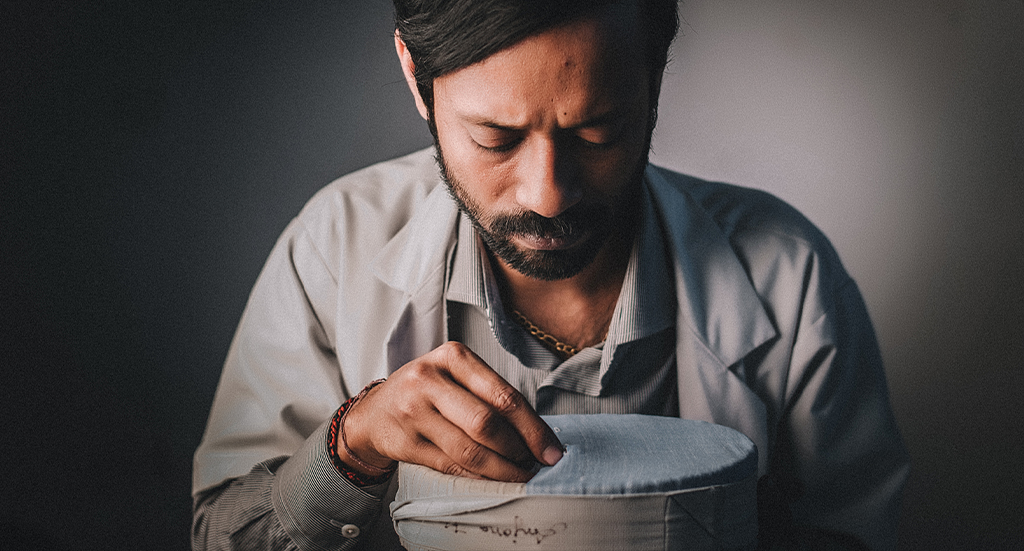
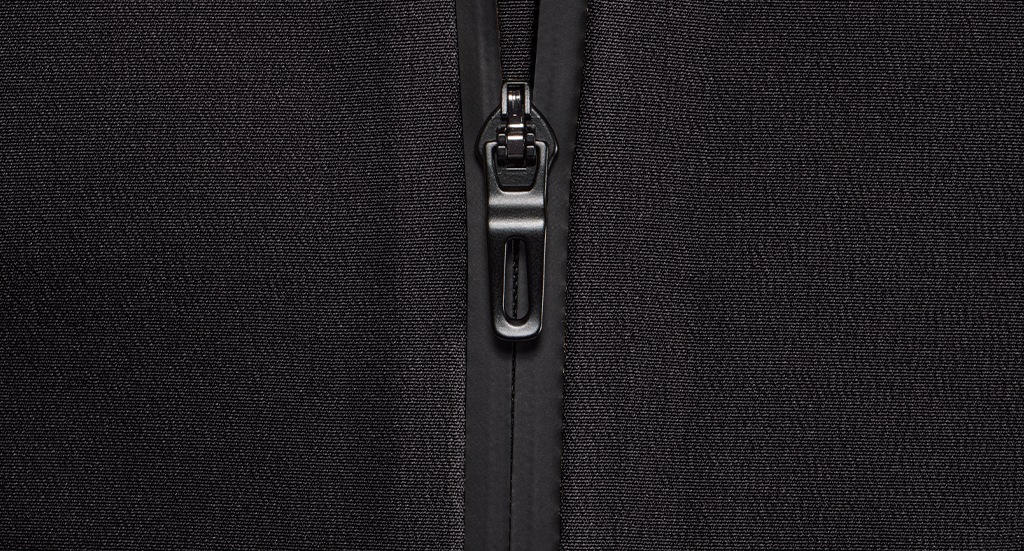

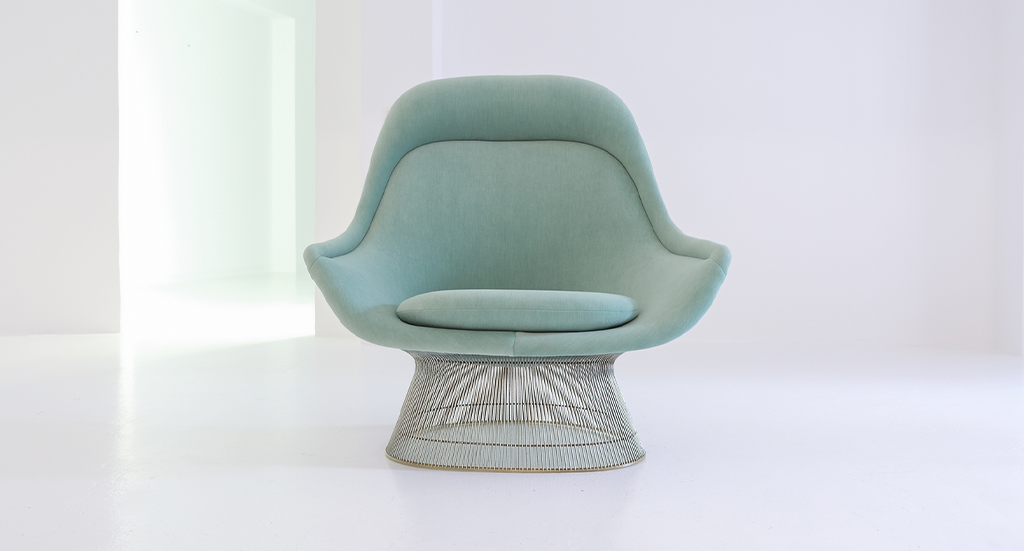
Join our Community